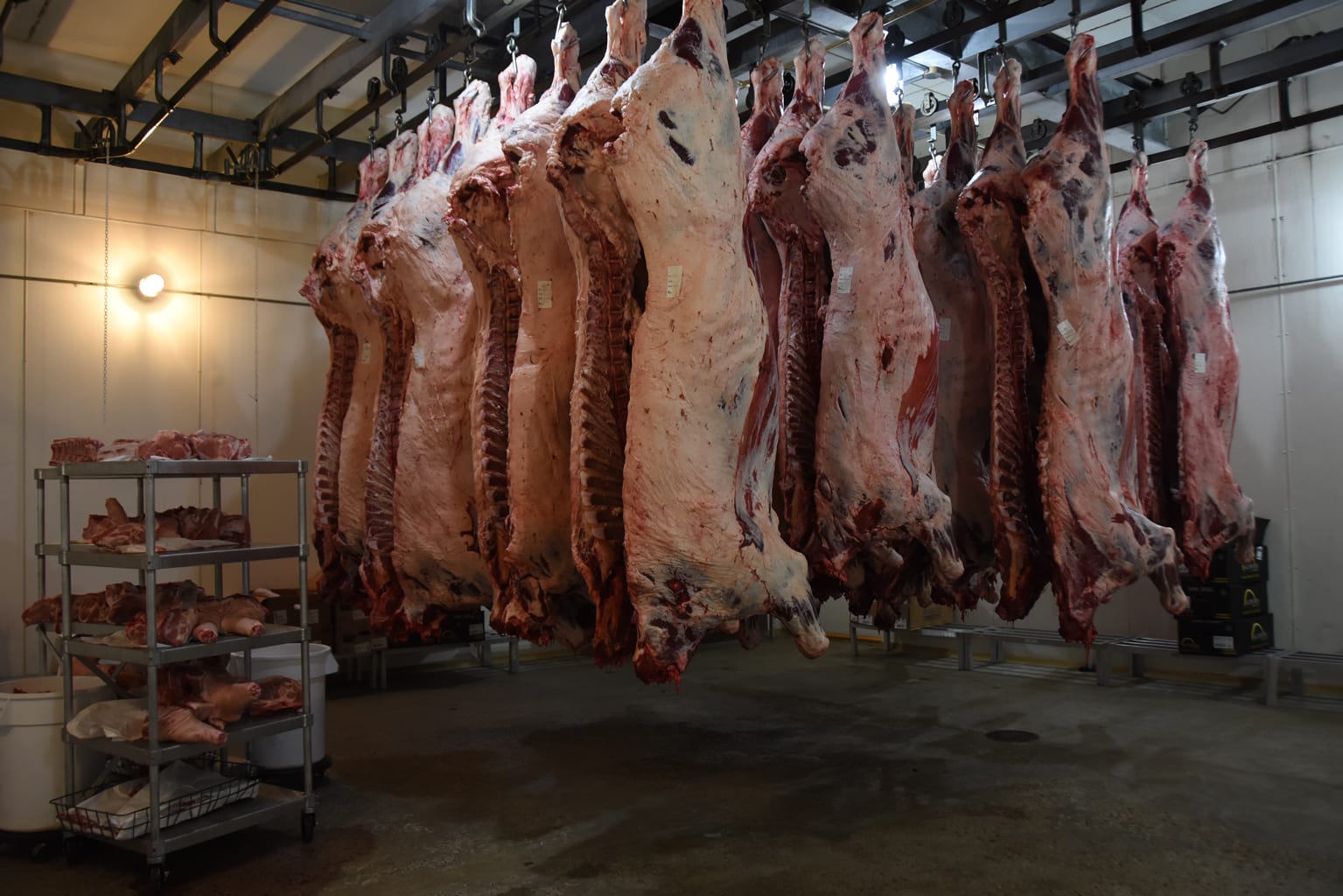Uncover the Art of the Butcher's Cut in a Modern Meat Market
In the ever-evolving landscape of contemporary meat markets, the butcher's cut has transcended its traditional roots, combining old-time craftsmanship with contemporary practices. Today's butchers are not just cpus of meat; they are experienced artisans who stress sustainability and moral sourcing. Their experience in choose and preparing cuts tailored to particular culinary demands uses an unmatched eating experience. Yet, what genuinely sets the modern-day butcher apart is their capability to forge a much deeper link between customers and the origins of their meat. How do these masters equilibrium custom with innovation, and what effects does this have for the future of meat usage?
Development of Butchery Strategies
The development of butchery strategies shows an abundant tapestry of development and adjustment driven by developments in modern technology, modifications in customer demand, and a deeper understanding of meat science. Historically, butchery was a craft gave through generations, with techniques honed over centuries to maximize yield and taste. However, the industrial transformation introduced mechanization, transforming typical practices and allowing large handling.
The mid-20th century saw butchery techniques even more improved by clinical understandings into muscle biology and meat aging, improving both inflammation and preference. Technologies like vacuum packaging and refrigeration expanded product shelf-life, permitting butchers to diversify offerings and boost quality assurance. This duration also marked the rise of customized tools, such as band saws and meat slicers, which increased accuracy and efficiency in meat processing.

The 21st century has actually introduced electronic modern technology into the butchery world. Digital systems currently aid in tracking animal provenance and maximizing cuts to satisfy specific consumer choices. Additionally, a rebirth in artisanal butchery has actually emerged, mixing traditional abilities with contemporary knowledge to deal with consumers looking for moral and lasting meat choices. This advancement emphasizes a vibrant interaction between custom and advancement, conference modern needs while preserving the craft's heritage.
Recognizing Meat Cuts
Comprehending the details of meat cuts is crucial for both butchers and consumers seeking top quality and value. Each cut comes from a various part of the animal, imparting one-of-a-kind flavors, structures, and cooking techniques - bagley farms meat market edwardsville il. Proficiency of these distinctions not just improves cooking experiences yet additionally makes the most of the energy of each carcass. For butchers, exact cuts mirror skill and regard for the craft, guaranteeing minimal waste and optimum yield.

Understanding muscle make-up is vital; muscle mass used extra often by the animal often tend to be tougher and are best suited for slow-moving cooking approaches, while less-used muscle mass, like those found in the loin, are extra tender and perfect for cooking or roasting. Experience with these distinctions encourages consumers to make enlightened choices, boosting their culinary undertakings.
Choosing Top Quality Meat
Selecting the right meat includes greater than simply picking an aesthetically appealing piece from the display screen. bagley farms meat market edwardsville il. The art of choosing top quality meat requires a critical eye and knowledge of certain characteristics that symbolize freshness and quality. To start with, focus on the shade; beef should have an intense, cherry-red hue, while lamb must exhibit a soft pink tone, and pork a pale pink. This indicates the meat is fresh and hasn't been revealed to oxygen for as well long.
Secondly, consider the marbling, which refers to the white flecks of fat within the muscle mass. Correct marbling is a vital indication of tenderness and flavor, as it melts during cooking, enhancing the meat's juiciness. Keep in mind, higher marbling typically associates with exceptional top quality more info here cuts, such as USDA Prime.
Appearance is an additional essential factor; meat should feel firm to the touch, not slimy or overly soft. In addition, bear in mind the aroma. Fresh meat should have a tidy, neutral scent, devoid of any kind of sour or repulsive smells.
Combining Cuts With Food Preparation Techniques

On the other hand, harder cuts like brisket and chuck roast are abundant in collagen, which damages down into gelatin when cooked slowly. These cuts are excellent for braising or slow roasting, allowing the meat to tenderize gradually and create deep, intricate flavors. Similarly, cuts such as short ribs and pork shoulder prosper with slow-cooking techniques, where expanded cooking times change their durable appearances right into delicious recipes.
Lamb shanks and oxtail, which require extended cooking to tenderize, are excellent candidates for cooking or slow-moving simmering. These approaches coax out abundant, hearty tastes while preserving moisture. Home Page By recognizing the unique qualities of each cut, chefs and home chefs alike can elevate their culinary developments, making sure each dish moved here is both pleasing and unforgettable.
The Butcher's Duty Today
Navigating the evolving landscape of the modern-day meat market, the butcher's role today expands past simple preparation of cuts. Contemporary butchers are culinary artisans, educators, and advocates for lasting practices.
Along with crafting exact cuts, butchers now involve directly with consumers, providing cooking suggestions and tailoring choices to suit private demands and preferences. Their proficiency in meat aging, marbling, and flavor profiles empowers customers to make informed choices, enhancing their cooking experiences. This customized solution exemplifies the butcher's advancing duty as a relied on consultant in the kitchen.
Additionally, butchers are crucial in lessening waste, making use of entire animals to produce varied products such as sausages and supplies. This detailed approach not only values the pet but also lines up with contemporary sustainability goals. In this means, the modern-day butcher personifies both practice and innovation, adapting to an ever-changing market while maintaining the artistry and integrity of their craft.
Conclusion
Proficiency in understanding diverse meat cuts and top quality indications equips butchers to provide educated referrals, straightening particular cuts with ideal cooking methods. By recognizing historic techniques while embracing contemporary demands, the butcher's function continues to be important in today's advanced meat market.
Comments on “Bagley Farms Meat Market Edwardsville IL: Your Go-To Destination for Local Meat Choice”